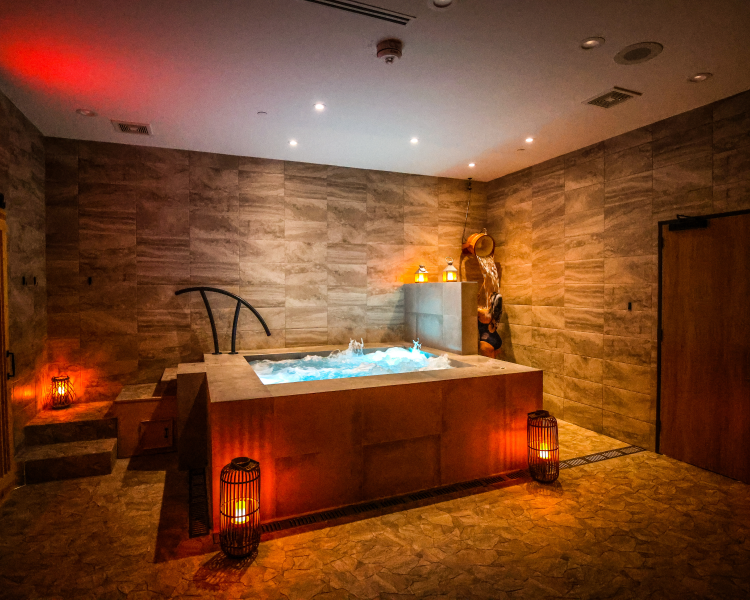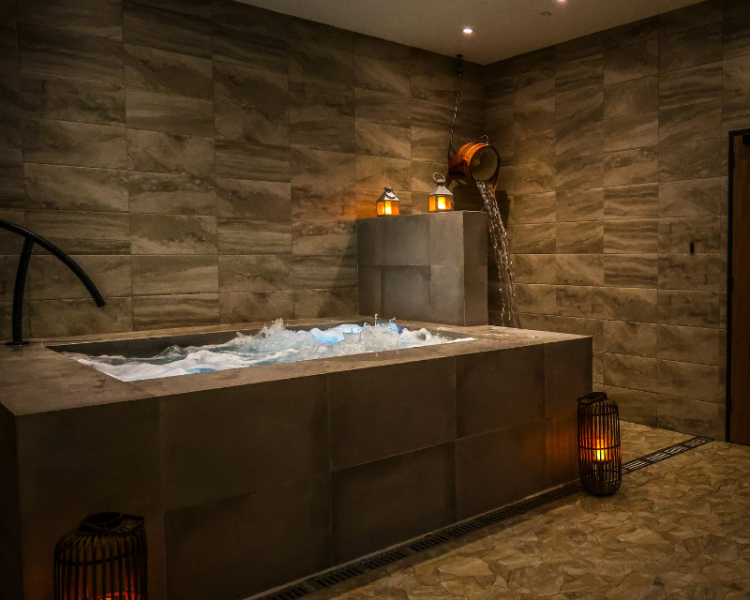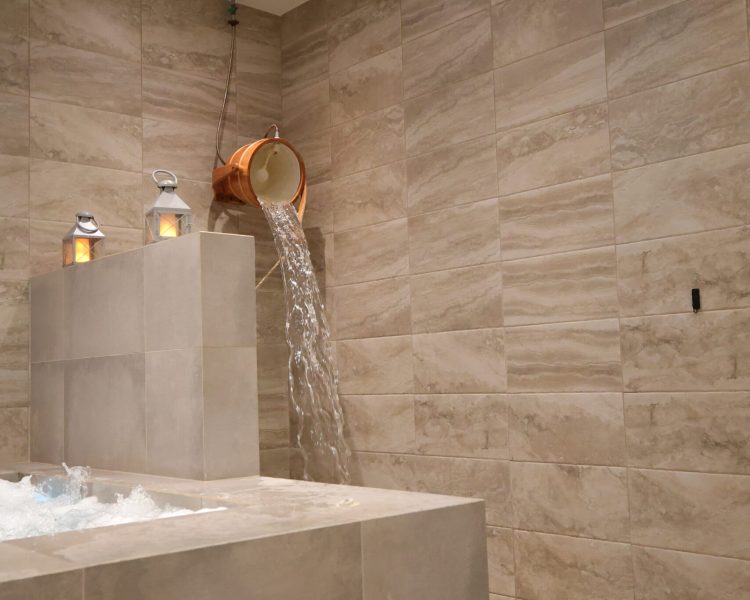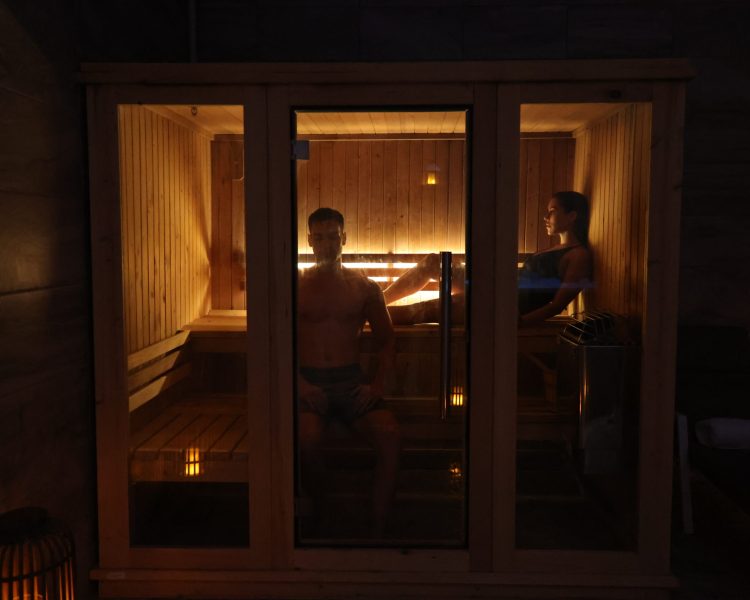In the diverse world of wellness practices, contrast bathing stands out as both ancient and refreshingly modern. As a method that alternates between hot and cold water to stimulate the body’s natural healing mechanisms, contrast bathing offers a plethora of health benefits. Whether you’re at a luxurious spa or in the comfort of your home, understanding the techniques and science behind contrast bathing can elevate your wellness journey. In this post, we delve into three popular approaches: Pool, Bucket, and Sauna techniques.

Before we plunge into the techniques, it’s vital to understand how contrast bathing works. Subjecting the body to alternating temperatures causes blood vessels to constrict and dilate, enhancing circulation. This can help flush out toxins, reduce muscle soreness, and improve skin tone. Additionally, the act releases endorphins, creating a sense of well-being.

The pool technique involves transitioning between a hot water pool and a cold water pool. Ideally, you start with a dip in the hot water for about 3-5 minutes, followed by an immediate switch to the cold water pool for 30 seconds to a minute. The spaciousness of pools allows for whole-body immersion, making it effective for athletes or anyone seeking comprehensive recovery.

The bucket technique is perfect for those who prefer a more compact setup. All you need are two large buckets (or small tubs) filled with hot and cold water, respectively. Immerse your feet or hands in the hot water bucket for 3-5 minutes, and then quickly switch to the cold water bucket for about 30 seconds. This localized technique is excellent for treating specific areas of soreness or inflammation.

One of the most luxurious and invigorating forms of contrast bathing involves transitioning between a hot sauna and a cold shower or plunge pool. Begin by spending 5-10 minutes in a sauna, allowing the heat to open your pores and relax your muscles. Then, exit the sauna and take a cold shower or plunge into a cold pool for 30 seconds to a minute. This method not only refreshes the spirit but also fortifies the immune system.
Contrast bathing is a versatile, effective wellness practice that suits a range of preferences and needs. From pools and buckets to the luxurious sauna experience, there’s a technique to fit everyone’s lifestyle. So the next time you’re at a spa or considering new wellness practices at home, give contrast bathing a try. It’s not just about temperature; it’s about tapping into a whole new level of well-being.